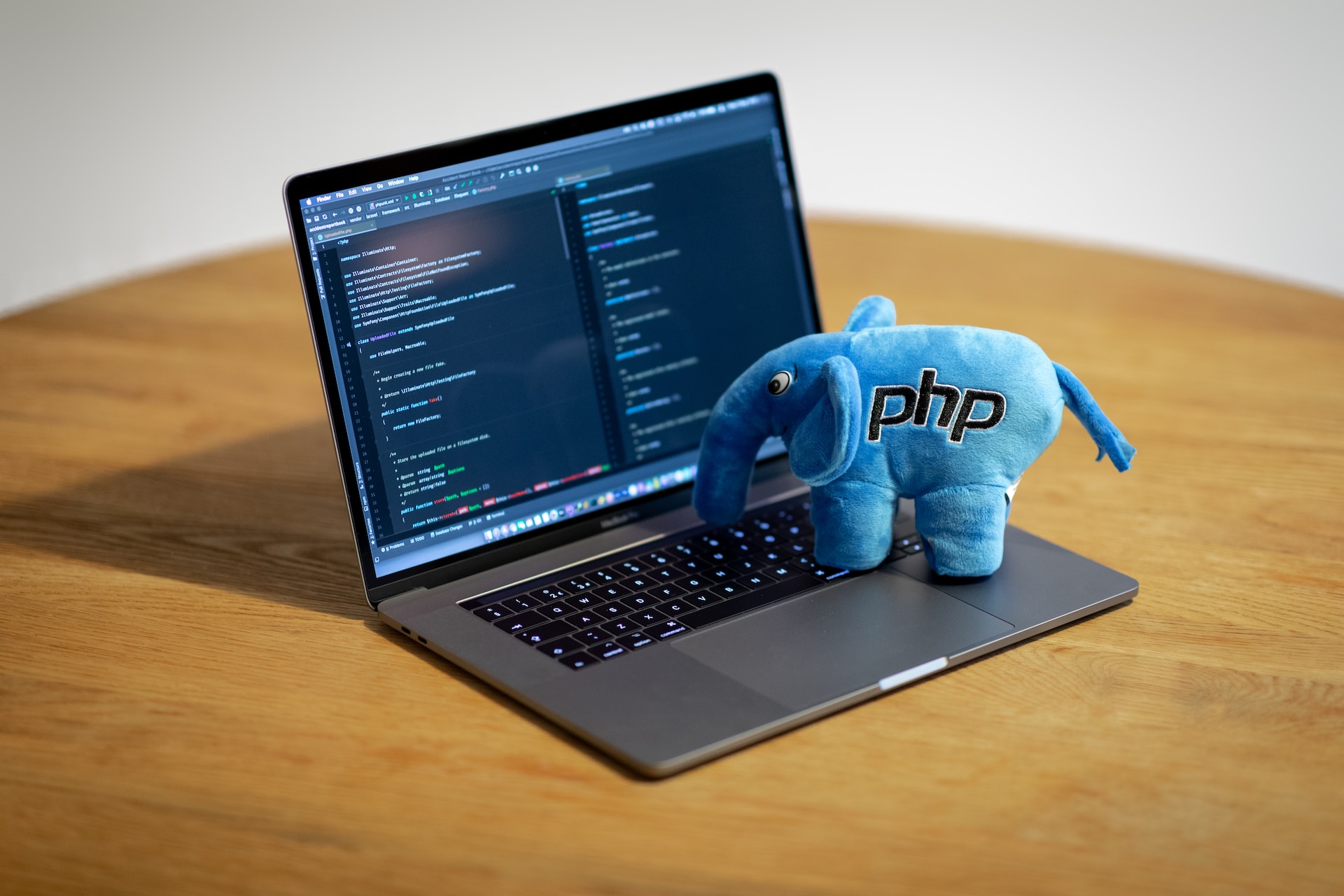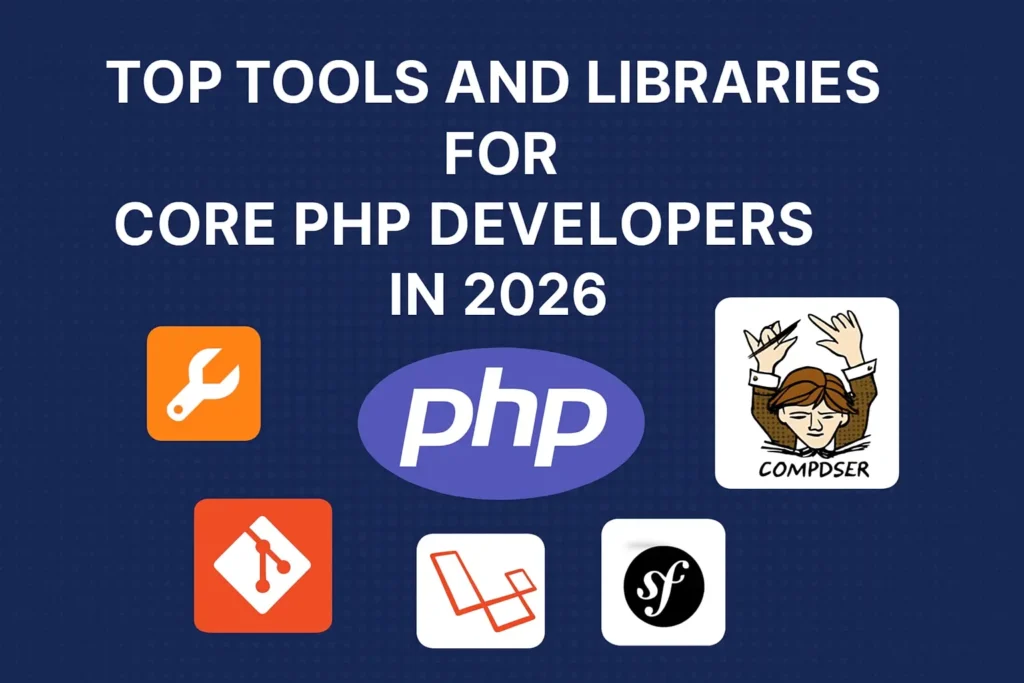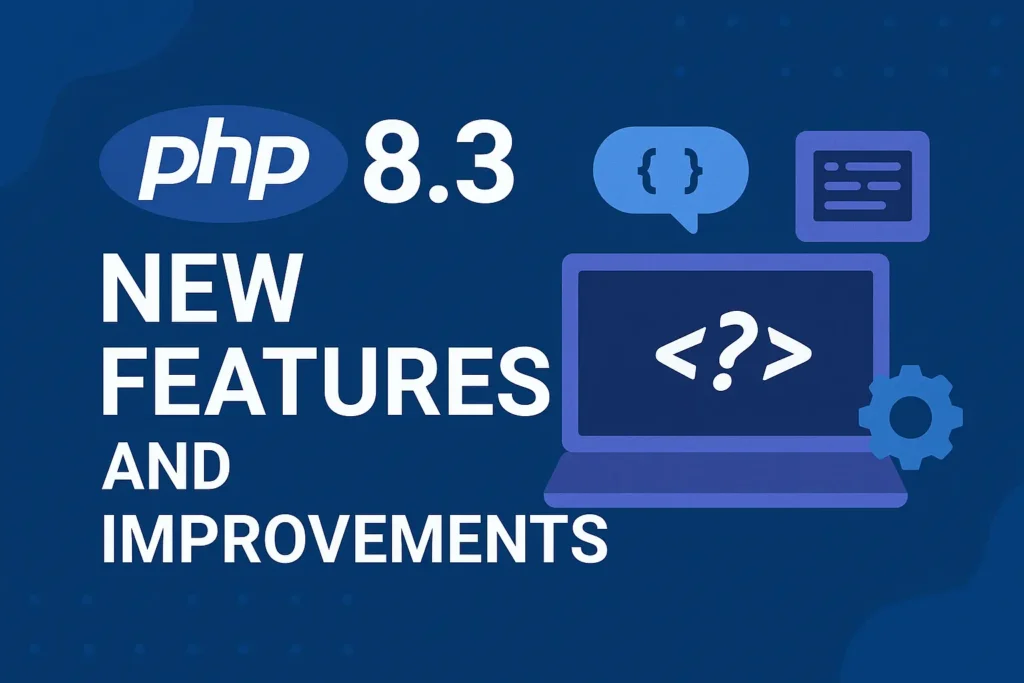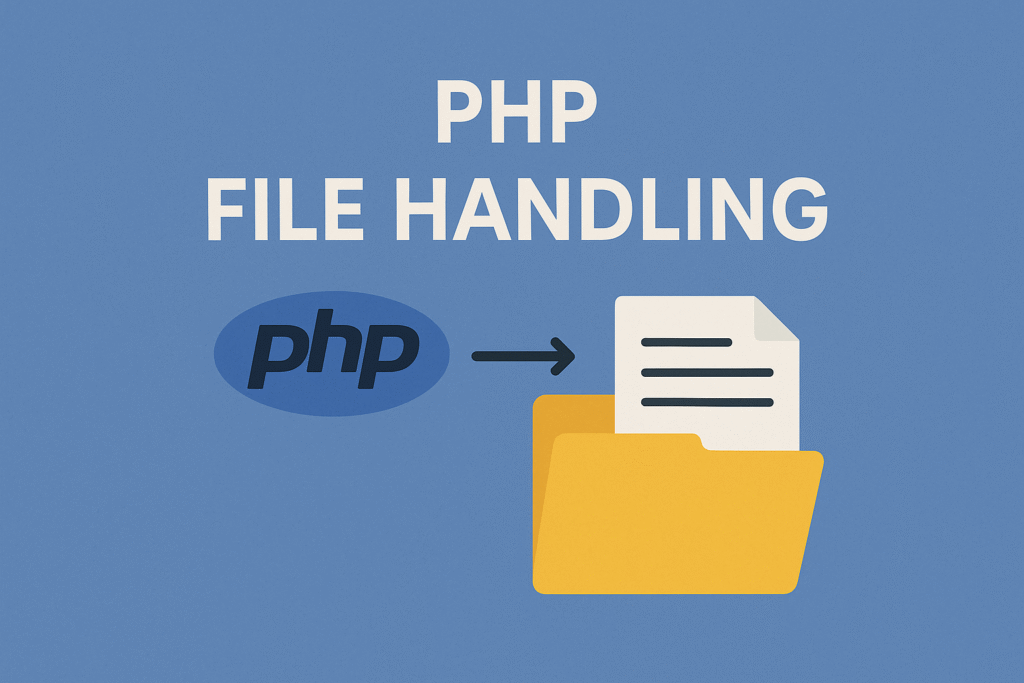
In this article, we’ll see Object Oriented PHP.
Table of Contents
Object-oriented programming (OOP) revolutionized the way developers approach software development by introducing concepts like encapsulation, inheritance, and polymorphism.
In the realm of PHP, embracing object oriented PHP programming opens up a whole new world of possibilities for building robust, modular, and reusable code.
We will delve into the realm of object oriented PHP, exploring its core principles and showcasing how it can enhance your coding experience.
Object Oriented PHP
Benefits of Object Oriented PHP
There are many benefits of using OOP in PHP. Some of the benefits include:
- Reusability: Classes can be reused to create multiple objects. This can save time and effort when developing applications.
- Encapsulation: Data can be encapsulated within classes, which makes it easier to protect data from unauthorized access.
- Abstraction: Classes can be used to abstract away the implementation details of an object, which makes it easier to understand and use the object.
- Polymorphism: Objects can be polymorphic, which means that they can be used in place of other objects of a different type. This can make code more flexible and easier to maintain.
What is an Object Oriented PHP?
Object-oriented programming (OOP) is a programming paradigm that uses objects to model real-world entities. Objects are made up of data (properties) and behavior (methods).
PHP is a general-purpose programming language that can be used to create a variety of applications, including websites, web applications, and command-line scripts. PHP supports OOP, and it is a popular choice for developers who want to create complex and scalable applications.
object oriented PHP concept is used to make powerful, robust, and secure programming instructions.
With any language reference, there are only three basic object oriented php concepts.
- Encapsulation and data abstraction
- Inheritance
- Polymorphism
Advantages of OOPs
- Real-world programming
- Ability to simulate real-world events much more effectively.
- Reusable of code
- Information hiding
- Programmers are able to reach their goals faster.
Object and Class in PHP
What is Class:
- Class is a blueprint of related data members(proerties/variable) and methods(function).
- Classes are the fundamental construct behind oops.
- Class is a self-contained independent collection of variables and functions, which work together to perform one or more specific related tasks.
Note: Variables within a class are called properties and functions are called methods.
How to define a class
Class always starts with the “class” keyword. After this write the class name without parentheses.
Syntax
class demo
{
code to be executed
}
What are Objects
- The object is the instance of the class.
- Once a class has been defined, objects can be created from the class through “new” keyword.
- class methods and properties can directly be accessed through this object instance.
- Connector(Dot operator->) symbol used to connect objects to their properties or methods.
Note: You can not access any property of the class without their object>
Syntax
$obj= new demo();
This Keyword in PHP
To access or change a class method or property within the class itself, it’s necessary to prefix the corresponding method or property name with “$this” which refers to this class. Access current class properties inside the current class method
Constructor and Destructor in PHP
Constructor In PHP
If a class name and function name will be similar in that case function is known as constructor. Constructor is a special type of method because its name is similar to the class name. Constructor automatically calls when the object will be initialized.
Predefine Constructor
Php introduce a new functionality to define a constructor i.e __construct().By using this function we can define a constructor. it is known
as a predefined constructor. It’s better than a user-defined constructor because if we change the class name then user. defined constructor treated as normal method.
Note: if predefined constructor and user-defined constructor, both defined in the same class, then predefined constructor work properly while the user
defined constructor treated as normal method.
Destructor in PHP
The destructor method will be called as soon as there are no other references to a particular object, or in any order during the shutdown sequence.
Note: _ _destruct() is used to define destructor.
Encapsulation in PHP
Encapsulation is a concept of wrapping up or binding up related data members and methods
in a single module known as encapsulation
And hiding the essential internal property of that module known as data abstraction.
Inheritance in PHP
Inheritance is a mechanism of extending an existing class by inheriting a class we create a new class with all functionality of that existing class, and we can add new members to the new class.
When we inherit one class from another we say that the inherited class is a subclass and the class that has been inherited is called parent class.
We declare a new class with additional keyword extends.
Note: Php only supports multilevel inheritance.
Polymorphism in PHP
This word is can from the Greek word poly and morphism.
Poly means “many” and morphism means property which helps us to assign more than one property.
=> Overloading Same method name with a different signature, since PHP doesn’t support method overloading concept
=> Overriding When same methods defined in parents and child class with same signature i.e know as method overriding
Public, Private Protected PHP
Access Modifier allows you to alter the visibility of any class member(properties and method).
In PHP 5 there are three scopes for class members.
- Public
- Protected and
- Private
Public Access modifier
Public access modifier is open to use and access inside the class definition as well as outside the class definition.
Protected access modifier
Protected is only accessible within the class in which it is defined and its parent or inherited classes.
Private access modifier
Private is only accessible within the class that defines it. ( it can’t be accessed outside the class means in inherited class).
Final keyword in PHP
The final keyword prevents child classes from overriding a method by prefixing the definition with the final. it means if we define a method with final then it prevents us to override the method.
If the class itself is being defined final then it can’t be extended.
It means when we define a class with a final then it will not allow defining its child class.
Abstract class
Abstraction is a way of hiding information. in abstraction, there should be at least one method
which must be declared but not defined.
The class that inherits this abstract class needs to define that method.
There must be an abstract keyword that must be returned before this class for it to be an abstract class.
this class cannot be instantiated. only the class that implements the methods of abstract class can be instantiated.
There can be more than one method that can be left undefined.
Interface
The class that is fully abstract is called an interface.
any class that implements this interface must use the implements keyword and all the methods that are declared in the class must be defined here. otherwise, this class also needs to be defined as abstract.
multiple inheritances are possible only in the case of the interface.
it is one of Object oriented PHP concept.
Object oriented PHP empowers developers to write modular, reusable, and maintainable code. By understanding the core principles of object oriented PHP, creating classes and objects, leveraging inheritance and polymorphism, implementing interfaces, and embracing design patterns, you can unlock the full potential of object oriented PHP in your projects.
With its emphasis on code organization, encapsulation, and code reuse, object oriented PHP will elevate your programming skills and enable you to build robust, scalable, and maintainable PHP applications.



5 thoughts on “Object Oriented PHP: A Step-by-Step Guide”